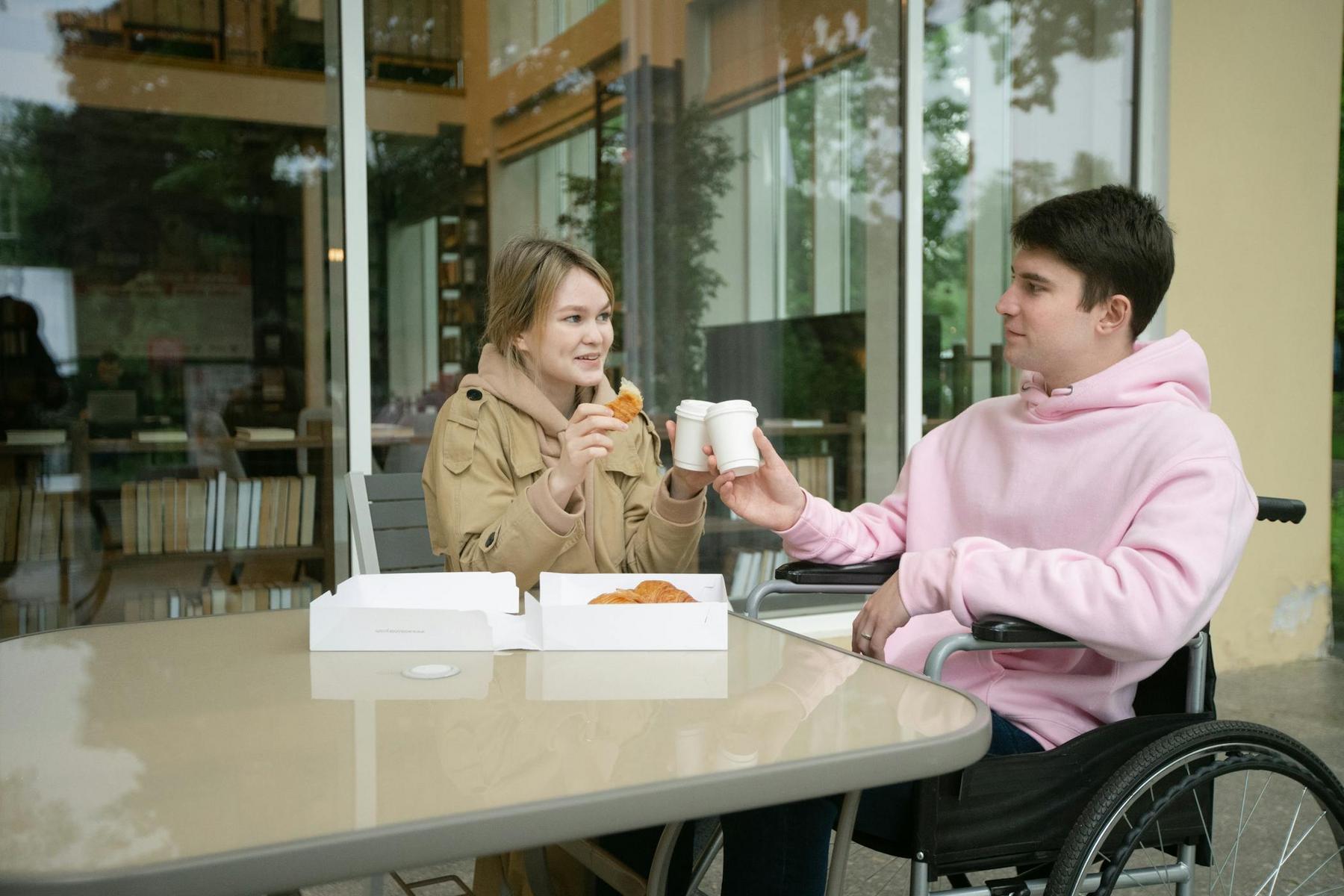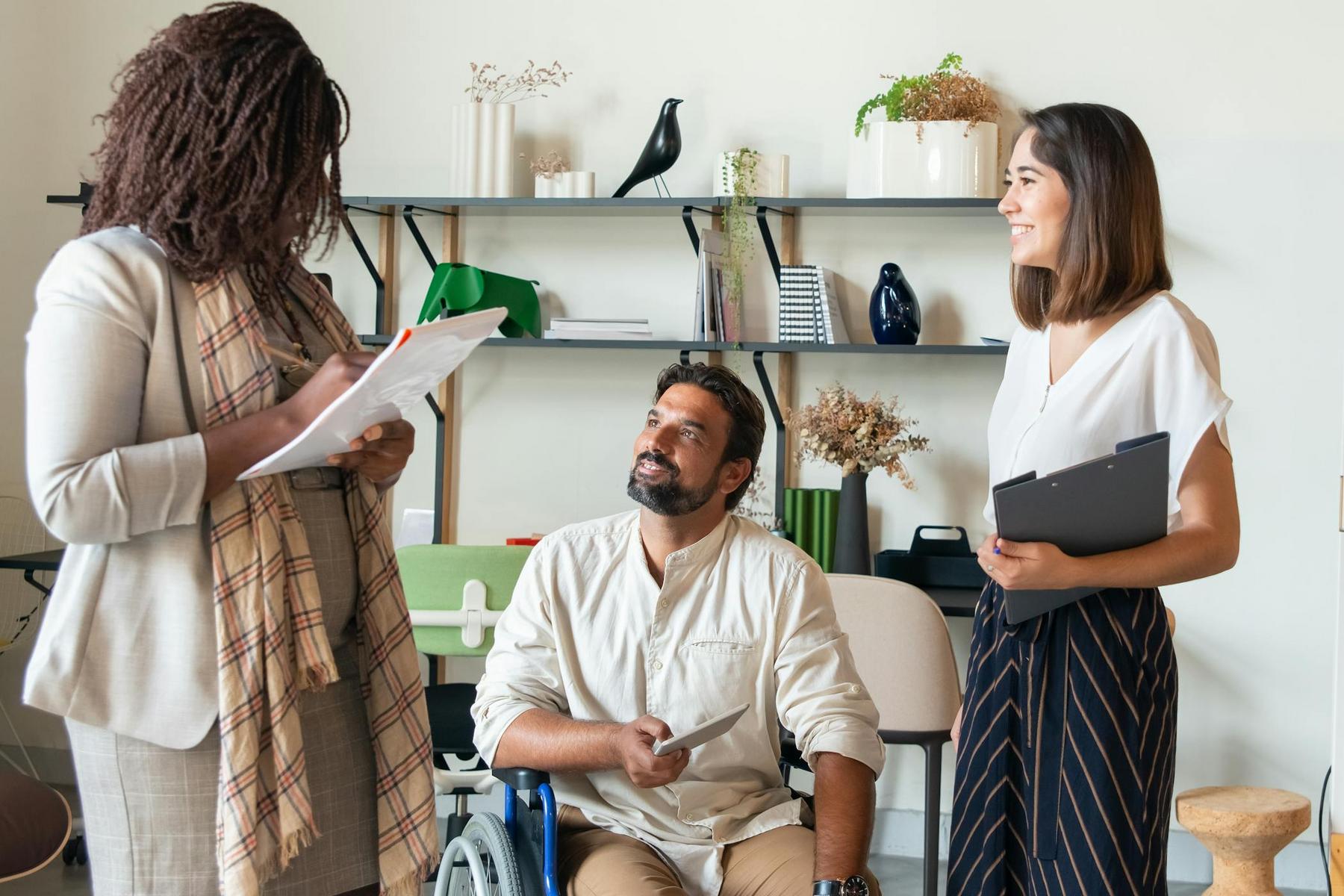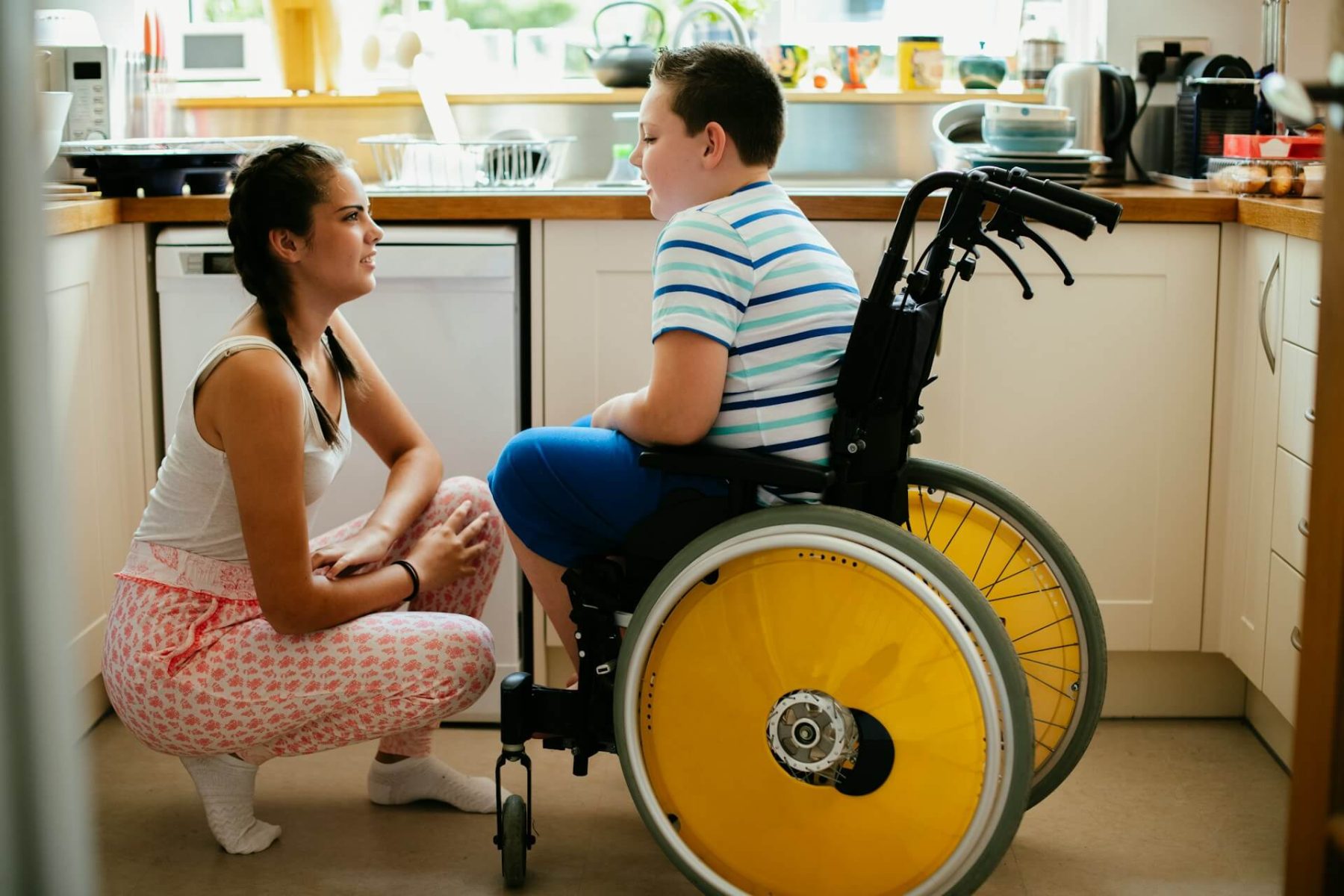In the heart of Cairns and beyond, countless individuals with disabilities continue to face the silent struggle of social isolation. Behind closed doors, the impact of disconnection goes far beyond mere loneliness—it affects mental health, physical wellbeing, and fundamentally shapes one’s quality of life. Yet amidst these challenges, remarkable stories of transformation are emerging as communities embrace inclusive practices that bridge divides and foster genuine belonging.
As we navigate through 2025, the landscape of disability support is evolving rapidly, with innovative approaches creating pathways to meaningful connection. These aren’t just feel-good stories—they represent evidence-based strategies that are reshaping lives and communities across Australia and globally.
What Makes Community Inclusion Essential for Wellbeing?
Community inclusion isn’t simply about physical presence—it’s about genuine participation, contribution, and connection. For individuals with disabilities, meaningful inclusion serves as a powerful antidote to isolation, which research consistently links to deteriorating health outcomes and diminished quality of life.
“Isolation often becomes a secondary disability,” explains disability advocate Claire Bertholli. “When environments, attitudes, and systems create barriers to participation, the resulting disconnection can be just as debilitating as any primary condition.”
The impact of exclusion is particularly evident in the statistics. According to Women with Disabilities Australia (WWDA), approximately 42% of women with disabilities report experiencing chronic loneliness. This isolation isn’t inevitable—it’s largely the product of inaccessible venues, inadequate transportation, and societal attitudes that fail to prioritise inclusion.
True community inclusion recognises that diversity strengthens the fabric of society. When individuals with varied abilities, perspectives, and experiences can meaningfully participate, everyone benefits from the richness of that exchange.
How Are Government Programs Breaking Down Barriers to Inclusion?
Government initiatives have become powerful catalysts for systemic change in creating more inclusive communities. In Cairns specifically, the Disability Access and Inclusion Plan (DAIP) 2024–2026 represents a comprehensive approach to removing barriers across public spaces, services, and civic life.
The DAIP has transformed Cairns into an increasingly accessible tourism destination, with dedicated attention to sensory-friendly event spaces and AUSLAN interpreters at civic gatherings. These aren’t merely accommodation measures—they’re investments in the city’s future, positioning Cairns to capture a share of Australia’s $3.2 billion accessible tourism market.
Transportation accessibility serves as another crucial focus area. Drawing inspiration from successful models like Portland’s Ride Connection program—which reduced wait times by 40% and improved accessibility ratings by 62%—Cairns has prioritised accessible transport infrastructure that enables independence.
Perhaps most significantly, we’re witnessing a paradigm shift away from segregated employment models. In Australia, the IncludeAbility project demonstrates the remarkable success possible when inclusion is prioritised in workplace settings. The initiative achieved 80–86% retention rates for employees with disabilities at major retailers like Woolworths and Kmart through personalised role customisation—proving that inclusive employment benefits both individuals and businesses.
What Role Do Collaborative Partnerships Play in Fostering Inclusion?
The most effective inclusion initiatives often emerge from strategic collaborations between academia, service providers, and community organisations. These partnerships bring together diverse expertise, resources, and perspectives to create holistic solutions.
In the academic sphere, James Cook University has partnered with local councils to conduct comprehensive accessibility audits of public spaces in Cairns. Using universal design principles, these assessments ensure that pathways, parks, libraries, and other community spaces meet Gold Standard accessibility criteria—enabling participation for all residents and visitors.
The power of co-design has emerged as a central principle in successful inclusion efforts. The Community Inclusion Initiative by National Disability Services (NDS) engaged 11 Australian providers and 46 participants with disabilities to collaboratively develop resources like the Community Participation in Action Guide. Southern Cross University’s evaluation revealed that 78% of participants reported improved social connections after joining art-based programs or volunteer networks developed through this co-design process.
Cairns has institutionalised this approach through its Lived Experience Feedback Group, which directly influences programming decisions for major events like the Cairns Festival. This ensures that accessibility considerations aren’t afterthoughts but are integrated into planning from the outset.
How Are Grassroots Initiatives Creating Meaningful Social Connections?
Some of the most innovative approaches to breaking isolation have emerged from grassroots movements that address specific community needs.
Digital platforms have opened new avenues for inclusive engagement. Port Adelaide Enfield’s Shaping Inclusion initiative created an online forum where residents with disabilities identified 127 physical barriers and 89 informational gaps affecting their participation. Within six months, the city had resolved 68% of reported issues, including installing tactile paving at 22 intersections—demonstrating how digital tools can catalyse tangible improvements.
Cairns’ own Wheels of Wellness (WoW) program exemplifies the power of creative expression in addressing isolation. Their Art of Mental Health initiative during Queensland Mental Health Week 2024 engaged 58 participants in creating paintings that were permanently displayed at WoW’s clinic. Beyond the artistic output, the program delivered measurable wellbeing improvements, with 41% of participants reporting reduced anxiety scores. This success earned WoW the 2023 Queensland Mental Health Week Workplace Award for Community Wellbeing.
Intergenerational programs have also proven effective in bridging social divides. Drawing lessons from the North Sea Region’s I2I project, which improved social cohesion scores by 28% through intergenerational cooking classes and tech-literacy workshops, similar approaches could address isolation across different age groups in Cairns.
What Innovative Approaches Are Businesses Taking to Promote Inclusion?
The business sector increasingly recognises that inclusion isn’t just about social responsibility—it delivers tangible benefits for organisations and their customers.
Major Australian retailers have redesigned stores with accessibility at the forefront, featuring adjustable workstations and widened aisles. These changes have driven a 15% increase in customer satisfaction while boosting team productivity by 20% in groups employing staff with disabilities. Similar initiatives in the technology sector have reduced recruitment costs by 30% while enhancing workforce diversity.
The success of employment initiatives demonstrates the untapped potential of inclusive hiring practices. In Illawarra, NSW, the IncludeAbility partnership with The Disability Trust placed 15 individuals in roles at Kmart and UOW College, with an impressive 86% transitioning to permanent positions. Similarly, facilities management firm Aramark achieved a 22% boost in retention by implementing flexible scheduling and assistive technology accommodations.
Comparison of Community Inclusion Initiatives and Their Outcomes
| Initiative | Location | Approach | Measured Outcomes |
|---|---|---|---|
| Disability Access and Inclusion Plan | Cairns, QLD | Comprehensive accessibility planning with lived experience input | Improved access to civic events; positioning to capture accessible tourism market |
| Wheels of Wellness Art Program | Cairns, QLD | Creative expression workshops for mental health | 41% of participants reported reduced anxiety scores; permanent art installation |
| IncludeAbility Employment | Various Australian locations | Personalised job customisation with major retailers | 80-86% employee retention rates; 20% productivity increase |
| Shaping Inclusion Digital Platform | Port Adelaide Enfield, SA | Online forum for identifying accessibility barriers | 68% of reported issues resolved within six months; tactile paving installed at 22 intersections |
| Community Inclusion Initiative | National (Australia) | Co-designed resources and programs | 78% of participants reported improved social connections |
How Can We Address Unique Barriers to Inclusion?
Effective inclusion strategies must recognise that barriers to participation vary significantly based on individual circumstances, including gender, age, location, and specific disability types.
For women with disabilities, the challenge of isolation is often compounded by safety concerns and the disproportionate burden of social planning. WWDA’s innovative approach includes training allies to research accessible venues and transportation options, reducing preparation time by 50% and distributing the workload of ensuring accessibility.
Geography creates additional challenges, with rural isolation requiring targeted solutions. Cairns’ regional approach integrates accessible transportation between urban centers and outlying communities, ensuring that location doesn’t determine one’s ability to participate in community life.
Digital inclusion represents another frontier in breaking isolation. As services and social connections increasingly move online, ensuring digital literacy and accessibility becomes crucial. Programs that provide both technology access and skills development open new avenues for connection, particularly for those with mobility limitations.
The most effective approaches recognise intersectionality—understanding that individuals may face multiple barriers simultaneously and require comprehensive support strategies. By addressing these overlapping challenges, communities can build truly inclusive environments that leave no one behind.
Creating Communities Where Everyone Belongs
Breaking isolation isn’t a single program or initiative—it’s a sustained commitment to creating communities where everyone can meaningfully participate. The success stories highlighted throughout this article demonstrate that inclusive practices benefit not just individuals with disabilities but strengthen entire communities.
The transformation begins with listening to lived experience, implementing evidence-based strategies, and fostering collaboration across sectors. From government policies to business practices, from academic partnerships to grassroots movements—each plays a vital role in the ecosystem of inclusion.
As we look ahead in 2025 and beyond, the path forward involves building on these successes while continuing to innovate. By centering the voices of people with disabilities, embracing universal design principles, and fostering cross-sector partnerships, Cairns can become a model of inclusive community development.
Have questions? Need support? Reach out to us here at Advanced Disability Management. Our team is committed to empowering individuals to live connected, fulfilling lives through personalised disability support services.
What are the most significant barriers to community inclusion for people with disabilities?
The most significant barriers include physical accessibility issues in built environments, transportation limitations, negative societal attitudes, exclusionary program design, and communication barriers. These obstacles often interact with each other, creating complex challenges that require comprehensive approaches to address effectively.
How can businesses benefit from prioritising disability inclusion?
Businesses that prioritise disability inclusion enjoy multiple benefits, including improved employee retention (up to 22% higher), increased productivity (up to 20% boost), enhanced customer satisfaction (15% increase in some cases), reduced recruitment costs (up to 30% savings), and access to wider customer markets—particularly the $3.2 billion accessible tourism sector in Australia.
What role does technology play in breaking isolation for people with disabilities?
Technology serves as a powerful tool for breaking isolation through accessible digital platforms that facilitate community engagement, assistive technologies that enable participation in daily activities, virtual connection opportunities that transcend physical barriers, and data collection systems that identify and address accessibility gaps in community infrastructure.
How can communities design more inclusive events and programs?
Creating inclusive events involves engaging people with lived experience in the planning process, ensuring physical accessibility of venues, providing clear information about accessibility features in advance, incorporating sensory-friendly elements, training staff on disability awareness, and gathering feedback for continuous improvement. Cairns’ approach of including AUSLAN interpreters at civic events and developing sensory-friendly spaces exemplifies these principles in action.
What support services are available in Cairns for promoting community inclusion?
Cairns offers a range of support services including accessible transportation initiatives through the Disability Access and Inclusion Plan, creative expression programs like Wheels of Wellness, dedicated accessibility consultation through the Lived Experience Feedback Group, and personalised disability support services from organisations like Advanced Disability Management that focus on building community connections and developing participation skills.



